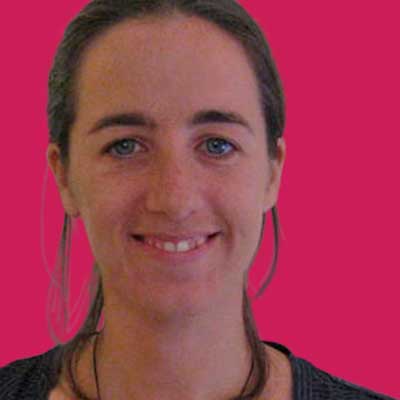In a webinar, Professor Marek Tesar (University of Auckland) and Dr Vicki Hargraves explored the importance of incorporating children’s voices in to curriculum design and implementation in early childhood settings, and the benefits this can have for children, teachers, and practice.
The key ideas explored were:
Being listened to is a basic human right. Children have the right to be listened to and taken seriously,as ratified by the United Nations Convention on the Rights of the Child. Listening does not mean simply hearing children in a passive way, but coming to actively understand and act upon the perspectives and experiences of children. Teachers need to listen to the child and learn about their lives in the present, while also being conscious of how listening to and learning from children can create a better future for children.
Listening to children is an active process which involves the whole teacher, and all the senses. Voice is not necessarily verbal, but a holistic collection of multiple parts, including how words or sounds resonate with the way a child moves, or how he or she looks into the eyes of a teacher or peer. Voice can be expressed and experienced in many different ways, so teachers need to be highly attentive to non-verbal communication, and the way in which children communicate through touch, gaze, and sounds. Every child’s voice, whether verbal or non-verbal, has worth and meaning.
Listening supports children’s wellbeing in a myriad of ways, not least in enabling adults to identify safety concerns. Listening to children creates strong, trustful relationships,which build children’s sense of belonging. Listening to children and valuing their perspectives and experiences creates an inclusive environment where all children feel respected and engaged. Research shows that being listened to grows children’s confidence and self-esteem, and enables children to see themselves as competent.
Listening to children can support teachers to implement curricular goals. Agency and contribution are important goals within Te Whāriki which cannot be realised without listening to children as a core practice. Listening to children enables teachers to understand the connections and relationships between people, places, and things that make up their curriculum, and can provoke reflection about the kinds of curriculum objects to bring to the programme and assessment practices that would be most appropriate. Listening to children can support teachers to discover children’s passions and their creative solutions to problems. It develops children’s leadership skills and may enable them to become leaders now and in the future.
Curriculum co-design with children can support teachers to develop new pedagogies and develop their own creativity. Listening to children leads to meaningful and relevant programmes in which children will be highly engaged. Having a say in the curriculum gives children feelings of ownership, encouraging motivation and investment, with positive effects on their mana, confidence, and wellbeing. Teachers need time to pick up on what really matters for children in their local context, and to reflect on how the child’s voice can be utilised to bring the curriculum alive for that child.
The image of the child that teachers hold will influence how they engage with children’s voices, as well as which voices are recorded. Drawing on the multiple theories and ideas in Te Whāriki means that teachers can be philosophical in working with aspirational goals and weave these with children’s voices. The multiple outcomes of Te Whāriki enable teachers to be responsive to children’s strengths, needs, experiences, and perspectives, and not to insist on particular pedagogies or practices for children. Teachers can reflect on how the beliefs they have about children’s capacities can be manifested through their curricular choices.
Methods for listening to children will vary, depending on the centre philosophy, children, and teachers. Methods may be formal or informal, and practices such as play-based learning, learning stories, and time to be with children can support listening to children. Approaches within research include examining ‘mundane’ moments and everyday experiences, offering children cameras to record their experiences and highlight what is important to them. Children might also share their voice through the visual arts and through play, and teachers can use observation, documentation, and relationships with families to learn more about children’s experiences and perspectives. Many opportunities to listen to children will be spontaneous and organic, especially when teachers have a strong intention and disposition to be curious and learn about who children are, and what kind of childhoods they experience.
Children are our best guides when determining how to incorporate their voice into curriculum design and implementation. Teachers need not be overly concerned with accurately identifying children’s perspectives and thoughts. It is not always necessary to know precisely what children think and what they know, but rather to be curious about children and what might be going on. Research shows that children can really enjoy having an ‘underground’ space in which adults are not involved and are unaware of, and often create this on their own. It might also be important to respect children’s privacy, and consider that perhaps not every voice should be made public and incorporated into emergent curriculum.
By Dr Vicki Hargraves

